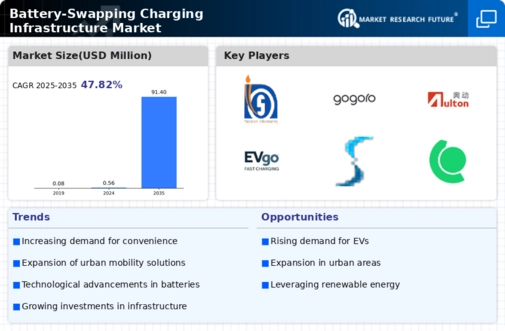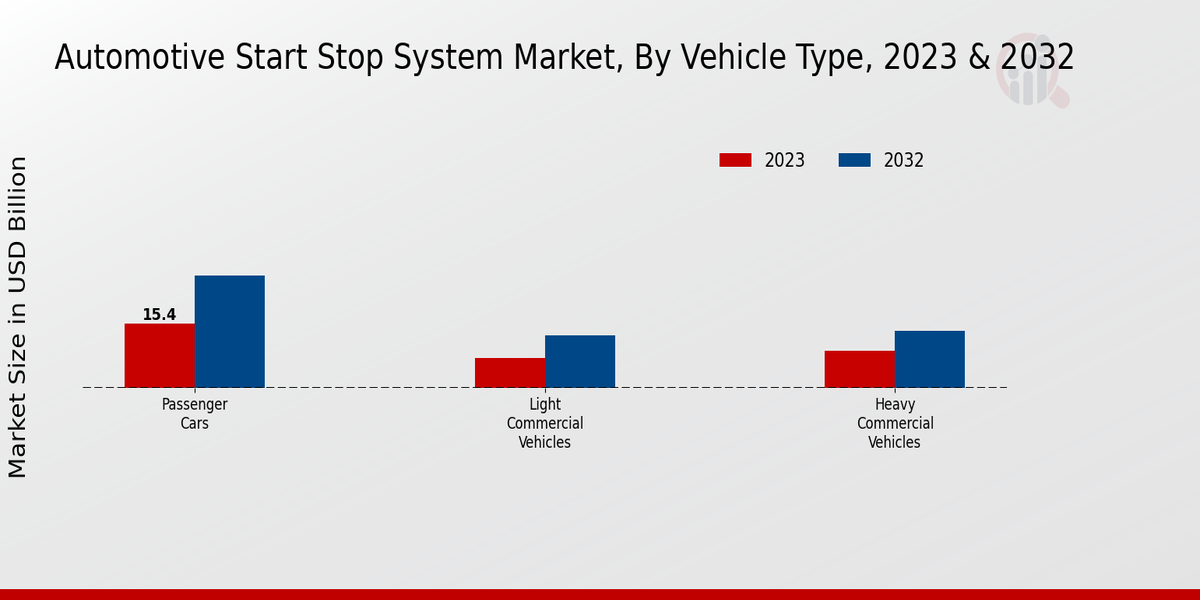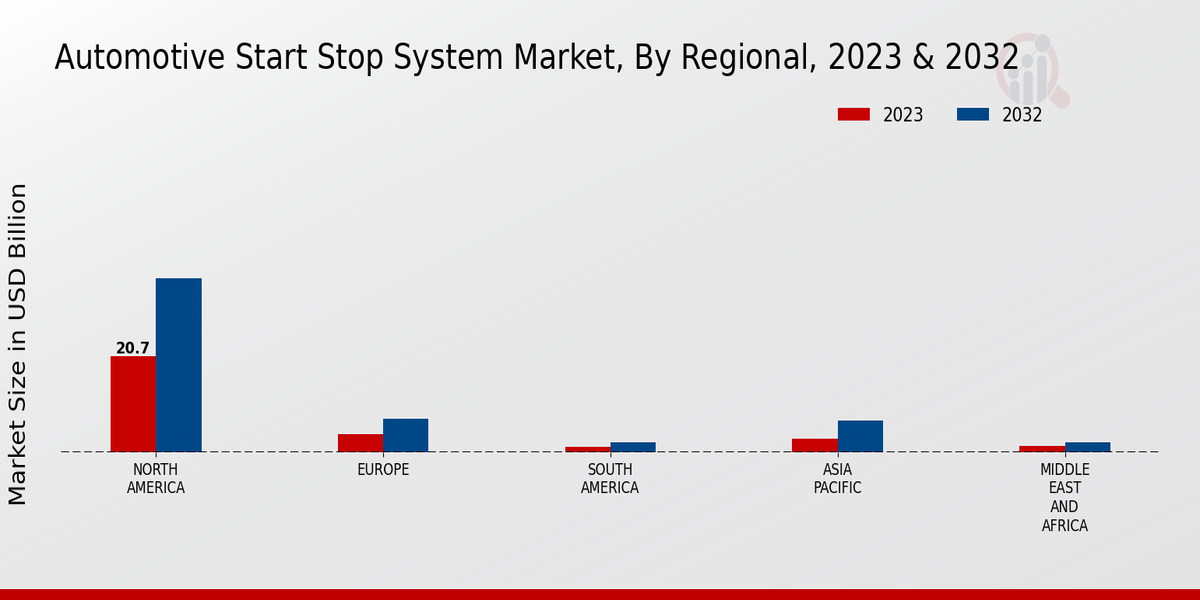Market Growth Projections
The Global Battery-Swapping Charging Infrastructure Market Industry is projected to experience remarkable growth in the coming years. With a current valuation of 0.56 USD Billion in 2024, the market is anticipated to surge to 91.4 USD Billion by 2035. This growth trajectory indicates a compound annual growth rate (CAGR) of 58.78% from 2025 to 2035. Such projections highlight the increasing adoption of battery-swapping technology as a viable solution for electric vehicle charging. The market's expansion reflects broader trends in electric mobility and the urgent need for efficient charging infrastructure to support the growing number of electric vehicles globally.
Government Initiatives and Support
Government initiatives and support play a crucial role in shaping the Global Battery-Swapping Charging Infrastructure Market Industry. Many countries are investing in infrastructure development to promote electric mobility. This includes funding for battery-swapping stations and incentives for companies to adopt this model. For instance, various governments are establishing policies that encourage the deployment of battery-swapping networks, which could lead to a more robust infrastructure. As a result, the market is expected to experience a compound annual growth rate (CAGR) of 58.78% from 2025 to 2035, reflecting the positive impact of governmental support on market growth.
Urbanization and Population Growth
Urbanization and population growth are significant factors influencing the Global Battery-Swapping Charging Infrastructure Market Industry. As urban areas expand, the demand for efficient transportation solutions increases. High population density in cities often leads to traffic congestion and pollution, prompting a shift towards electric mobility. Battery-swapping stations offer a practical solution to address these challenges by providing quick and convenient charging options. The market is likely to benefit from this trend, as urban planners and policymakers recognize the need for sustainable transportation infrastructure to accommodate growing populations and urbanization.
Rising Demand for Electric Vehicles
The increasing global demand for electric vehicles (EVs) is a primary driver for the Global Battery-Swapping Charging Infrastructure Market Industry. As consumers and businesses seek sustainable transportation solutions, the number of EVs on the road is expected to rise significantly. In 2024, the market is valued at 0.56 USD Billion, reflecting the growing adoption of EVs. This trend is likely to accelerate as governments implement stricter emissions regulations and provide incentives for EV purchases. Consequently, the need for efficient charging solutions, such as battery-swapping stations, becomes paramount to support this expanding fleet.
Environmental Concerns and Sustainability
Environmental concerns and the push for sustainability are driving the Global Battery-Swapping Charging Infrastructure Market Industry. As awareness of climate change and pollution rises, consumers and businesses are increasingly seeking eco-friendly transportation options. Battery-swapping systems align with these sustainability goals by facilitating the use of electric vehicles, which produce zero tailpipe emissions. The market's growth is expected to be fueled by this shift towards greener alternatives, as more stakeholders recognize the importance of reducing their carbon footprint. This trend is likely to contribute to the overall expansion of the market in the coming years.
Technological Advancements in Battery Technology
Technological advancements in battery technology are propelling the Global Battery-Swapping Charging Infrastructure Market Industry forward. Innovations in battery chemistry and design have led to increased energy density, reduced charging times, and enhanced lifespan. These improvements not only make battery-swapping more viable but also more attractive to consumers. As battery performance continues to evolve, the infrastructure required to support these advancements must also adapt. The market is projected to grow substantially, with estimates suggesting a value of 91.4 USD Billion by 2035, driven by the integration of cutting-edge battery technologies into the swapping systems.
























